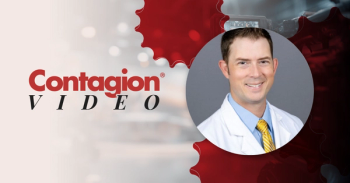A low rate of vaccination leading to a measles outbreak in 2022 in central Ohio did not increase significantly or sufficiently to attain "herd immunity," despite the experience of the outbreak and provision of several public health initiatives.
"These findings suggest that public health messaging and interventions implemented during the outbreak did not translate into sustained system-level improvements in vaccination uptake," observe Rosemary Martoma, MD, Division of Primary Care Pediatrics, Nationwide Children's Hospital, Columbus, OH, and colleagues.
The outbreak produced 90 confirmed cases between June 12 and December 24, 2022, from what was modeled as an international importation index case. Although the regional public health agency had estimated MMR vaccination coverage at 80 to 90% during the outbreak, Martoma and colleagues did not find data to support that estimate, and modeled the 2-dose MMR coverage of eligible children at outbreak onset as 53% (95% Credible Interval, 21-77%).The investigators contrast this to the 93% coverage that they characterize as the "critical threshold necessary to sustain measles elimination."
The public health initiatives during the outbreak included outbreak notifications, quarantines, daycare closures and walk-in vaccination clinics.To ascertain the vaccination uptake in communities affected by the outbreak and targeted by public health initiatives, the investigators accessed electronic medical records (EMR) of the Columbus-based pediatric primary care network.1
The records included dated administration of first dose (MMR1) and second dose (MMR2); and the assessment included whether MMR was timely: MMR1 between 12 and 16 months in children 16 months or older, and MMR2 between 28 days and 84 months in children 84 months or older.The cohort included 133,476 children younger than 15 years of age on the onset of the outbreak, and increased to 143,720 at 12 months and to 149,092 at 20 months.





























































































































































































































































































